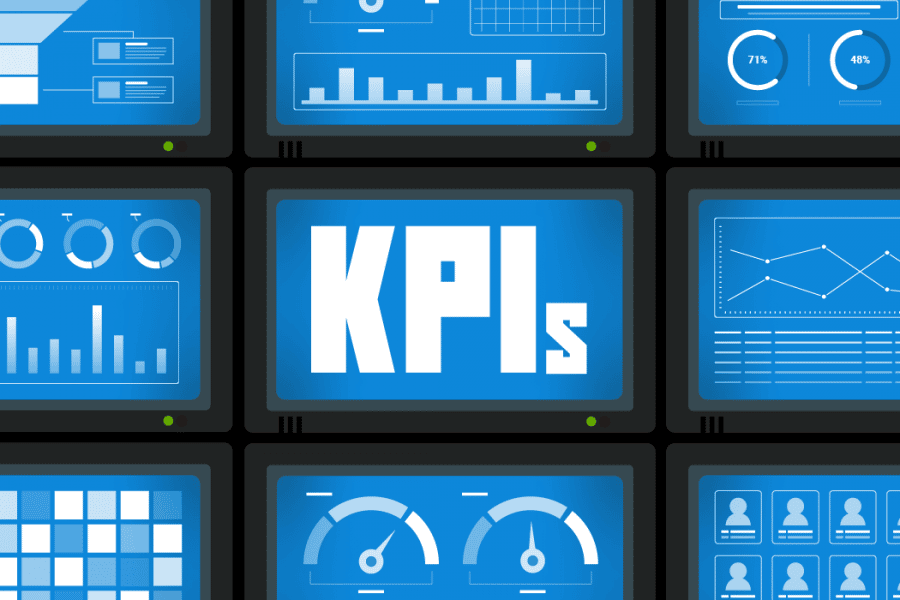As technology continues to reshape the way we handle financial processes and how people pay for goods and services, banks and fintech businesses need to adapt. The aim of companies around the world is to facilitate payment efficiency while utilizing tech solutions and innovations to minimize operational expenses and financial waste. However, that’s just the tip of the iceberg that is payment innovation.
In the long run, acting on new payment trends means reducing customer effort and boosting the lifetime value of the customer, all the while driving operational efficiency and setting the stage for the adoption of new technologies. Technological innovation feeds into itself in this sector, because the sooner you adopt new payment trends and tech, the easier it is to keep up with the innovation process in the years to come.
Today, though, we will be taking a look at the current payment trends that will shape 2021 and possibly the next couple of years. The trends we’ll be going over today are not only affecting the banking sector but the entire fintech industry, which means that every business leader can capitalize on these trends. Here’s what you need to know.
1. The Move To Higher Digital Transformation
The COVID-19 pandemic has accelerated the transition that has been taking place for years now. Consumers all over the world, driven by the pandemic and motivated by the lockdowns, have rapidly shifted to online commerce and digital payment methods. This is a dramatic shift that many companies were not prepared for, but one that brings numerous benefits to businesses that adapt rapidly.
It’s important to know that, according to a report by Capgemini, the number of purchases via ecommerce channels has doubled during the course of the pandemic, begging the need for companies to adopt digital payments and transformation. This means that business leaders need to start accommodating the needs of online customers using big-tech payment services and third-party payment platforms. For banks, this means that they need to implement more efficient online payment processes that are also safer to ensure the security of their customers.
2. Contactless Payment Is On The Rise
Another fintech trend that is increasingly on the rise due to tech innovation and the COVID-19 pandemic, is contactless payment. While contactless payment has been on the rise around the world for some years now, it is expected to reach unprecedented heights throughout the course of the pandemic, as the need for social distancing and the new hygiene requirements continue to govern the retail market.
In 2021, we will see a big shift towards digital wallets and contactless payments as the customers try to adhere to COVID-prevention measures imposed around the world. This doesn’t mean that cold hard cash will disappear from everyday use, but it does mean that retailers need to enable contactless payment in order to capitalize on the new payment culture.
3. Facilitating Delayed Payment With No Interest
As the payment technology continues to evolve and the retail market continues to grow, the industry will become more competitive and customers will start demanding better perks and more payment options. Most importantly, the modern customer wants the ability to pay on their own terms, and the fact that they haven’t the resources to pay right now will not stop them from getting their hands on the desired product.
In competitive global markets like Australia, this means that companies need to facilitate delayed payments as much as possible. For example, delayed payment programs like the Humm buy now pay later in Australia are becoming increasingly popular because they allow companies and individuals to procure products immediately without having to pay for an extended period of time.
In times of crises or when customers are in need of goods but don’t necessarily have the money to procure them right away, this type of payment flexibility can drastically enhance the company’s cash flow while attracting more customers over the long term.
4. Digital Currencies Will Reshape Modern Finance
An ever-increasing number of companies around the world are investing in their own altcoins, and banking institutions are planning to push their own digital currencies into the competitive market. Facebook’s Libra coin is a prime example of how big companies are investing in the cryptocurrency market, and it’s important to note that digital currencies will reshape the fintech industry in the coming years.
Not only will cryptos ensure yet another revenue stream for businesses, but the adoption of cryptocurrency will allow companies to capitalize on yet another growing consumer demographic in the years to come. This is especially important now that people around the world are increasingly mining and trading cryptocurrencies, and they need places to spend their hard-earned bitcoins and altcoins.
5. Utilizing Big Data And AI To Fight Fraud
Fraud in the fintech and payment sectors will always be present, but with the innovation of new technologies, we can expect fraudulent activity to increase substantially. There is a lot to be gained by exploiting new payment systems and getting your hands on sensitive customer information and payment data, after all.
To combat this, the fintech sector will need to invest heavily in big data and AI solutions that can spot and anticipate fraudulent activity, probe security systems for weaknesses, and help deploy advanced solutions to stop payment fraud before it occurs.
Wrapping up
The fintech sector is evolving rapidly with tech innovation and market shifts, and business leaders need to adapt quickly to capitalize on emerging opportunities. With these trends on your radar, you can invest in the right payment solutions to achieve higher financial gains in 2021 and the years to come.





